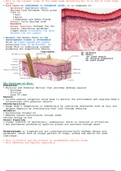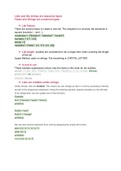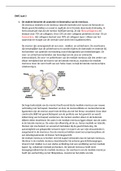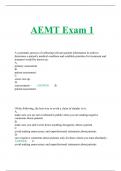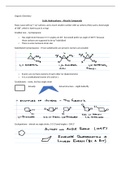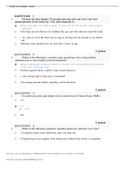Summary
Summary Histology of Skin
- Course
- Institution
- Book
Summary of Junqueira: Histology of the Skin with additional material from Netter's, DeFiore's and Weiss' Atlases. Includes abridged but detailed explanation of key point with Electron Microscopy, H&E, Immunohistochemistry and Diagrams.
[Show more]
